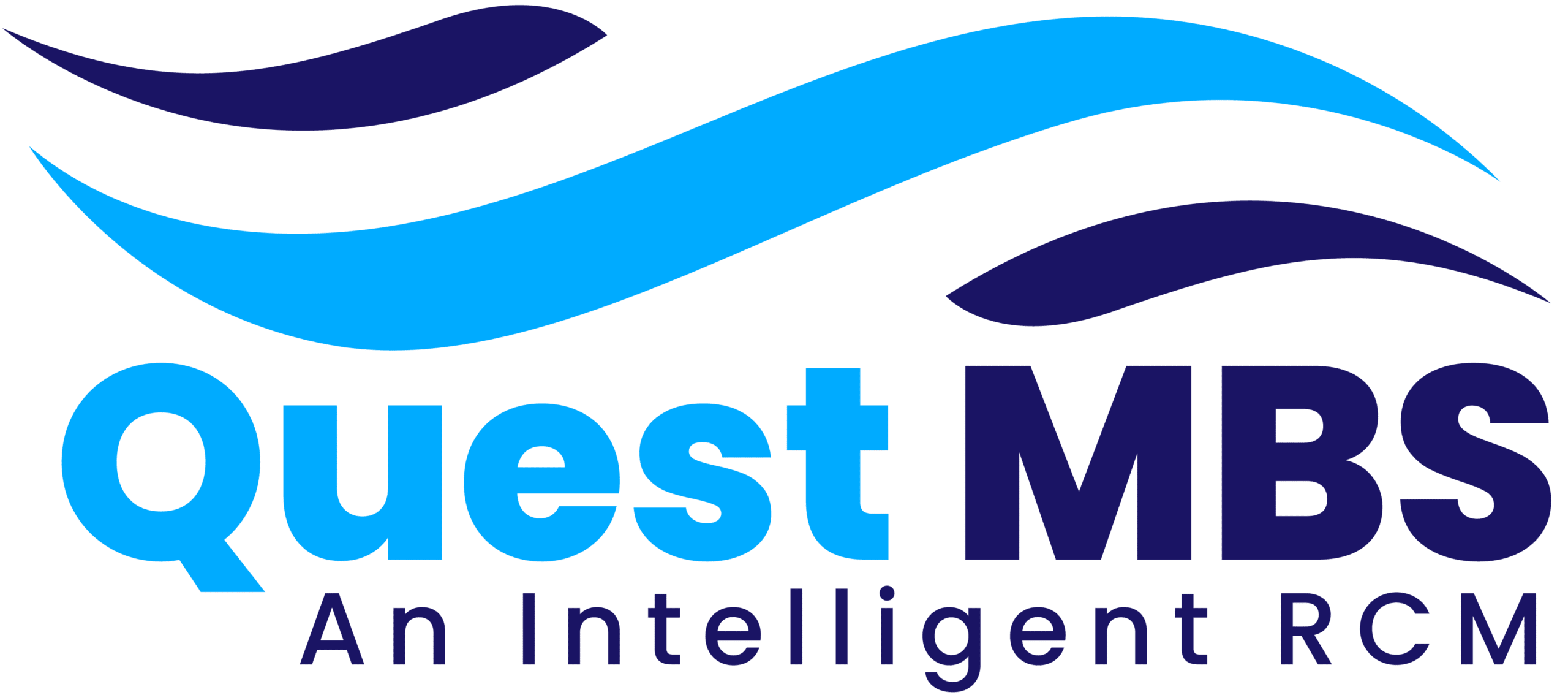Introduction
Proper documentation is a fundamental aspect of medical billing that ensures accurate claims processing, timely reimbursements, and compliance with healthcare regulations. Inadequate or incorrect documentation can lead to claim denials, revenue loss, and legal issues for healthcare providers. At Quest Medical Billing Services, we recognize the crucial role of precise documentation in maintaining a smooth and efficient revenue cycle. This article explores the significance of proper documentation, the challenges associated with poor documentation, and best practices to enhance accuracy in medical billing.
Why Proper Documentation Matters in Medical Billing
1. Ensures Accurate Claims Processing
Medical billing heavily relies on comprehensive documentation to generate accurate claims. Every patient encounter, diagnosis, procedure, and treatment must be properly recorded to avoid errors in coding and claim submission.
2. Reduces Claim Denials and Delays
Insurance companies require detailed and accurate documentation to approve claims. Incomplete or inconsistent records can lead to denials, causing delays in reimbursements and increasing administrative burdens.
3. Enhances Compliance with Regulations
Healthcare providers must adhere to regulations such as HIPAA, Medicare, and Medicaid guidelines. Proper documentation ensures compliance and minimizes the risk of audits, penalties, and legal actions.
4. Improves Revenue Cycle Efficiency
A well-documented medical record facilitates smooth communication between medical coders, billers, and insurance companies. This reduces the need for resubmissions and appeals, streamlining the revenue cycle and improving cash flow.
5. Supports Medical Necessity and Justification
Insurance payers require clear documentation to justify medical services. Proper records demonstrate medical necessity, reducing the likelihood of claim disputes and increasing the chances of successful reimbursements.
Challenges of Poor Documentation
1. Increased Claim Denials
Insufficient documentation can lead to claim denials, requiring additional effort to correct and resubmit claims, which delays payments and increases administrative costs.
2. Compliance Risks
Failure to maintain accurate records can result in non-compliance with industry regulations, leading to fines, penalties, and reputational damage.
3. Lost Revenue
Missing or incorrect details in medical records can cause underbilling or lost billing opportunities, negatively impacting revenue generation for healthcare providers.
4. Time-Consuming Corrections
When documentation is incomplete, billers must spend extra time verifying and clarifying information with healthcare providers, slowing down the billing process.
Best Practices for Proper Documentation in Medical Billing
1. Maintain Comprehensive Patient Records
Ensure that all patient visits, treatments, and diagnoses are documented thoroughly. Include patient history, symptoms, physician assessments, prescribed treatments, and follow-up plans.
2. Use Standardized Medical Coding
Medical coders should use accurate ICD-10, CPT, and HCPCS codes based on the documented medical services. Proper coding minimizes claim errors and supports reimbursement claims.
3. Ensure Legibility and Clarity
Handwritten notes should be clear and legible, and electronic health records (EHRs) should be accurately maintained to prevent misinterpretations and errors in billing.
4. Train Healthcare Staff on Documentation Requirements
Provide regular training to physicians, nurses, and administrative staff on proper documentation procedures, compliance regulations, and coding standards to reduce errors.
5. Conduct Regular Documentation Audits
Perform routine audits to identify gaps in documentation and implement corrective measures to improve accuracy and compliance.
6. Implement Electronic Health Records (EHRs)
EHR systems enhance documentation accuracy by standardizing data entry, reducing transcription errors, and ensuring easy access to patient records.
7. Ensure Timely Documentation
Encourage healthcare providers to document patient encounters promptly to avoid missing details that may be crucial for billing and coding.
8. Utilize Checklists for Documentation
Using standardized checklists can help healthcare providers ensure that all necessary information is recorded, reducing the chances of missing critical details.
9. Maintain Open Communication between Billers and Providers
Establish a streamlined communication process between medical billers and healthcare providers to clarify documentation queries and ensure accurate claims submission.
10. Stay Updated with Regulatory Changes
Medical billing regulations frequently change. Staying informed about industry updates ensures compliance and reduces the risk of claim denials due to outdated practices.
Conclusion
Proper documentation is the backbone of efficient medical billing and revenue cycle management. At Quest Medical Billing Services, we emphasize the importance of accurate and detailed documentation to minimize claim denials, ensure compliance, and maximize revenue for healthcare providers. By implementing best practices such as comprehensive record-keeping, standardized coding, timely documentation, and staff training, medical facilities can significantly improve billing accuracy and financial stability. Investing in proper documentation practices is essential for sustaining a successful and compliant medical billing process.







